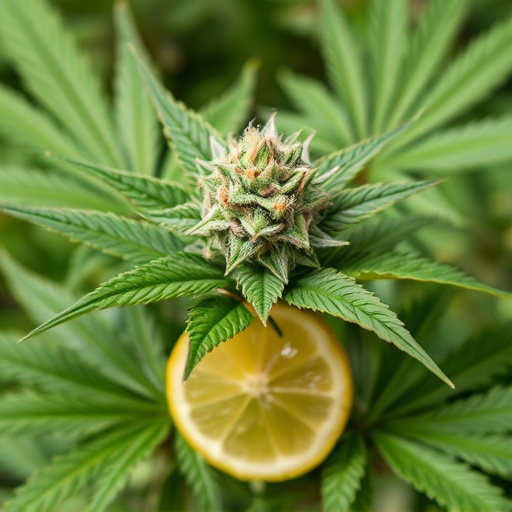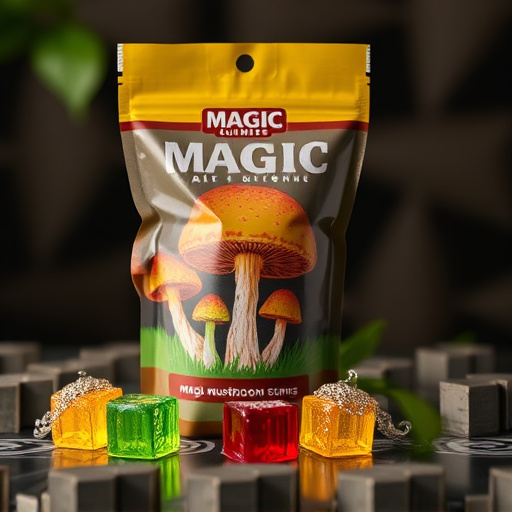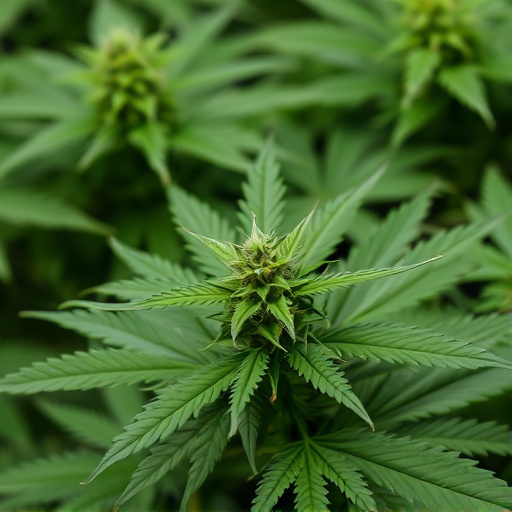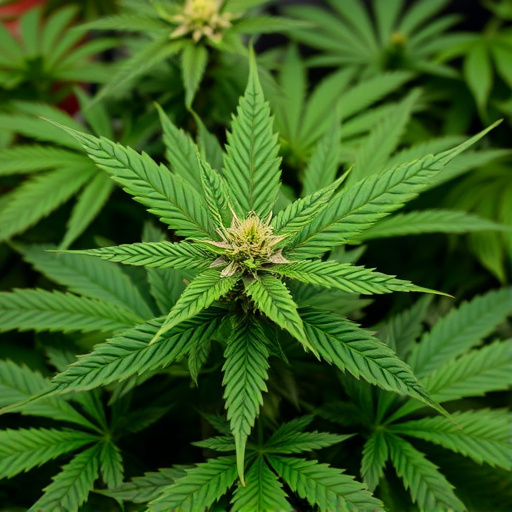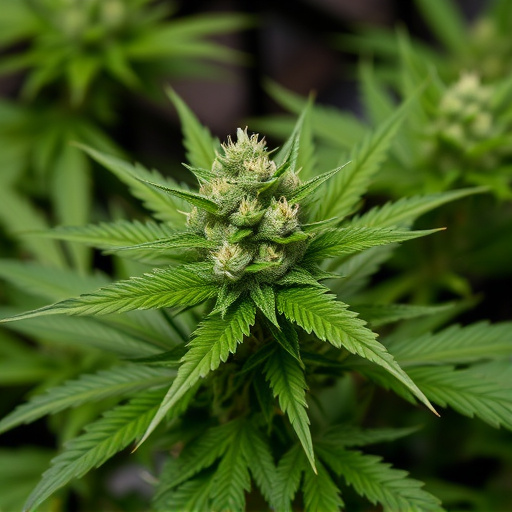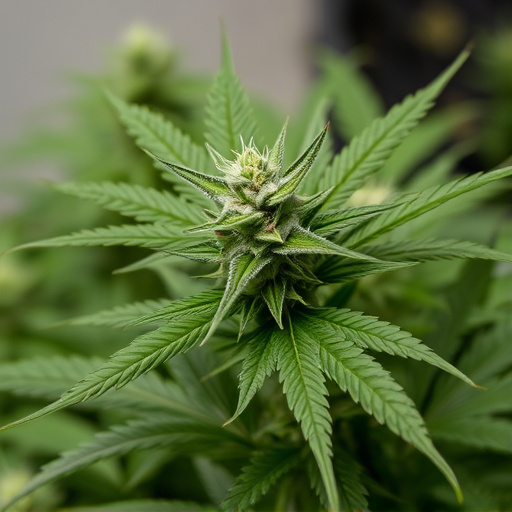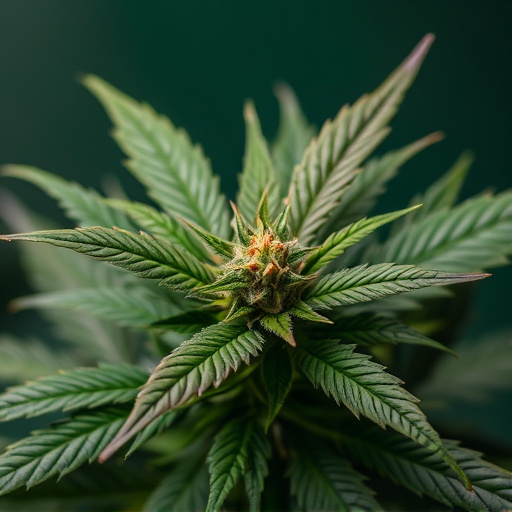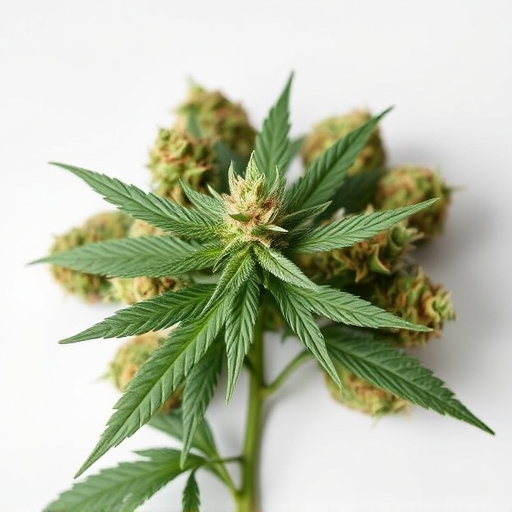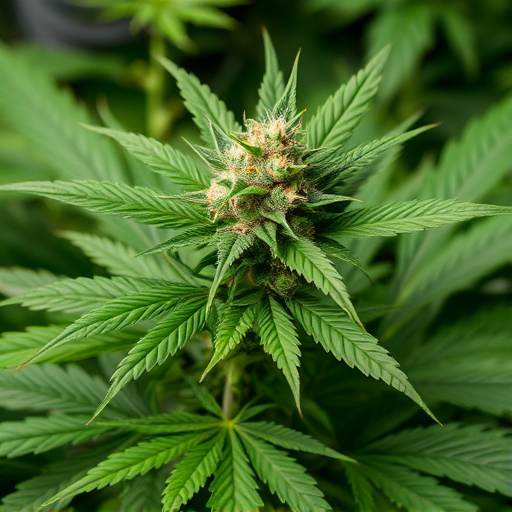Sun-grown medical marihuana strains, though offering benefits like higher terpene content and diverse flavors, face challenges from unpredictable weather and limited growing seasons. Indoor cultivation provides year-round production, precise control over conditions, and scalability but may impact strain potency and faces high setup costs. The ideal scenario balances both methods to ensure consistent quality, accessibility, and consistency of medical marihuana strains tailored to diverse patient needs.
In the rapidly evolving landscape of cannabis cultivation, understanding the pros and cons of sun-grown versus indoor cannabis is essential for medical marijuana patients. Sun-grown cannabis offers unique benefits such as higher THC levels, a more natural flavor profile, and potential environmental advantages, but it’s not without drawbacks like unpredictable yields and seasonal variations. Indoor cultivation, on the other hand, provides consistent quality, year-round availability, and control over growing conditions, yet comes with energy consumption concerns and limited space accessibility. Comparing these growth methods is crucial for patients seeking optimal medical marihuana strains in terms of quality, consistency, and accessibility.
- Sun-Grown Cannabis: Benefits and Drawbacks for Medical Marijuana Patients
- Indoor Cultivation: Advantages and Limitations in Meeting Patient Demands
- Comparing Growth Methods: Quality, Consistency, and Accessibility of Medical Marihuana Strains
Sun-Grown Cannabis: Benefits and Drawbacks for Medical Marijuana Patients
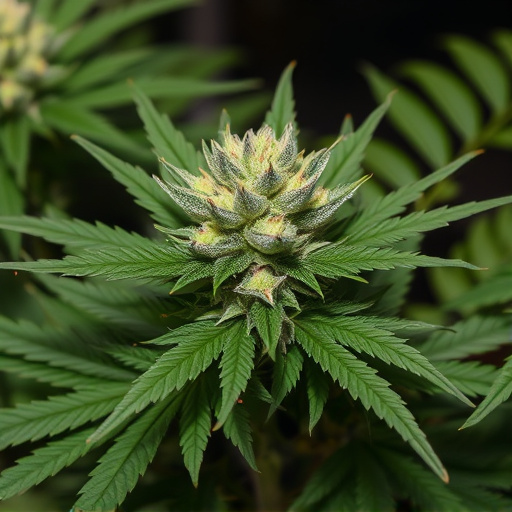
Sun-Grown cannabis, cultivated under natural sunlight and outdoor conditions, offers a unique set of benefits for medical marijuana patients. One of its key advantages is the potential for higher terpene content, which are aromatic compounds contributing to the therapeutic effects and distinct flavors of different strains. Outdoor-grown plants often experience varying environmental conditions, leading to a more diverse range of terpenes, known to enhance the overall wellness benefits of cannabis. This diversity in terpenes can cater to specific patient needs, offering tailored solutions for various medical conditions.
However, sun-grown cannabis also presents drawbacks. Unpredictable weather patterns and exposure to pests or diseases can impact crop quality and yield. Medical patients may face challenges in accessing consistent sun-grown strains, especially in regions with shorter growing seasons or less favorable climates. Additionally, outdoor cultivation requires more space, which can limit production capacity for medical marijuana dispensaries, potentially leading to reduced availability of this strain type for patients.
Indoor Cultivation: Advantages and Limitations in Meeting Patient Demands

Indoor cultivation has revolutionized the cannabis industry, allowing for year-round production and enhanced control over environmental factors. This method is particularly beneficial in regions with limited outdoor growing seasons or harsh climates. By creating controlled environments, growers can optimize plant growth, increase yields, and produce high-quality medical marihuana strains tailored to specific patient needs. Advanced lighting systems, climate control, and hydroponic techniques enable consistent harvests and the ability to isolate specific terpene profiles, catering to a diverse range of patient preferences and conditions.
However, indoor cultivation also presents several limitations when addressing patient demands on a large scale. The cost of setting up and maintaining these facilities is substantial, often making it challenging for smaller producers to compete with larger commercial operations. Additionally, the lack of natural sunlight can impact the overall potency and diverse cannabinoid profiles of strains, as plants may rely more heavily on artificial light sources. This could potentially limit options for patients seeking specific medical benefits associated with certain cannabinoid ratios found in sun-grown cannabis.
Comparing Growth Methods: Quality, Consistency, and Accessibility of Medical Marihuana Strains
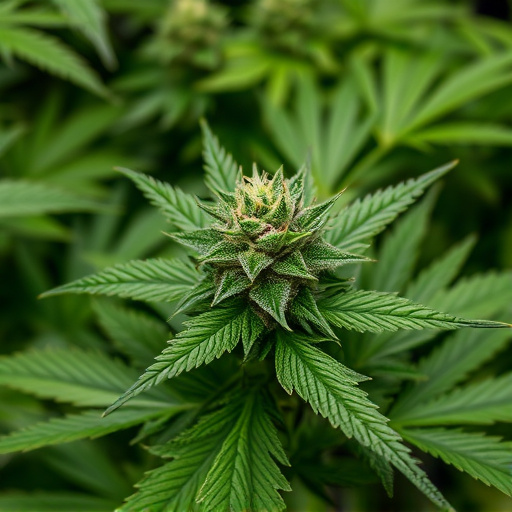
When comparing sun-grown and indoor cannabis, the quality, consistency, and accessibility of medical marihuana strains are key considerations. Sun-grown cannabis benefits from natural sunlight, which can lead to more complex terpene profiles and potentially higher levels of certain cannabinoids. This variability, however, makes it harder to maintain consistent product quality and potency batch after batch. Indoor cultivation, on the other hand, allows for precise control over environmental factors like light spectrum, temperature, and humidity, enabling cultivators to produce uniform crops with predictable effects and medicinal properties.
The accessibility of medical marihuana strains also differs between these growth methods. Sun-grown cannabis is often associated with outdoor, small-scale cultivation, which can limit production volume and distribution channels. Indoor farming, especially in vertical or hydroponic systems, allows for year-round cultivation at larger scales, ensuring wider availability. This accessibility is crucial for patients relying on medical marihuana to manage chronic conditions, as consistent access to a range of strains is essential for effective treatment.
In the pursuit of optimal medical marihuana strains, understanding the pros and cons of sun-grown versus indoor cannabis cultivation is paramount. While sun-grown cannabis offers benefits such as enhanced terpene profiles and outdoor-specific compounds, it faces drawbacks like inconsistent quality and limited accessibility. Indoor cultivation, on the other hand, ensures consistent yields and control over environmental factors but may compromise strain diversity and come with higher costs. Ultimately, the ideal approach leverages the strengths of both methods to provide patients with a diverse range of high-quality medical marihuana strains, tailored to their unique needs.


